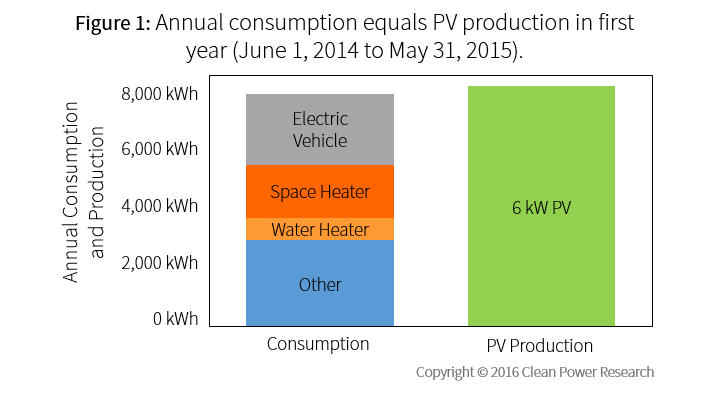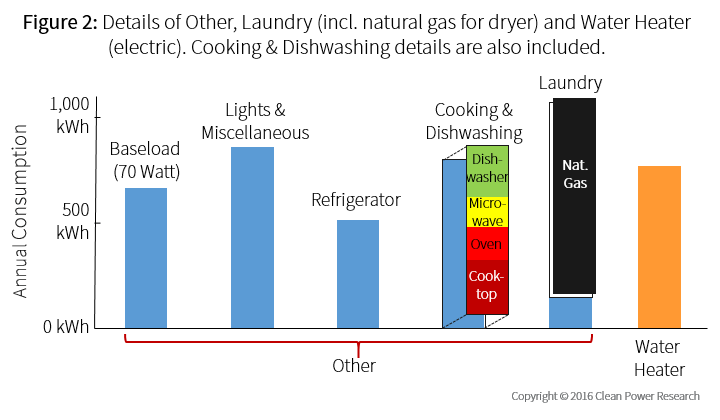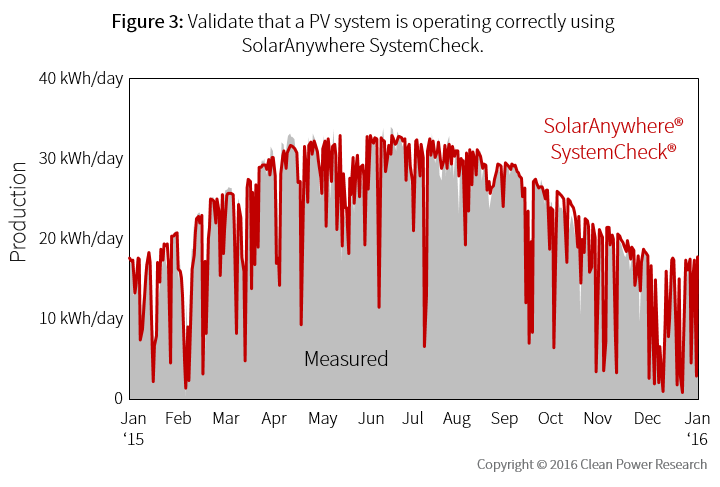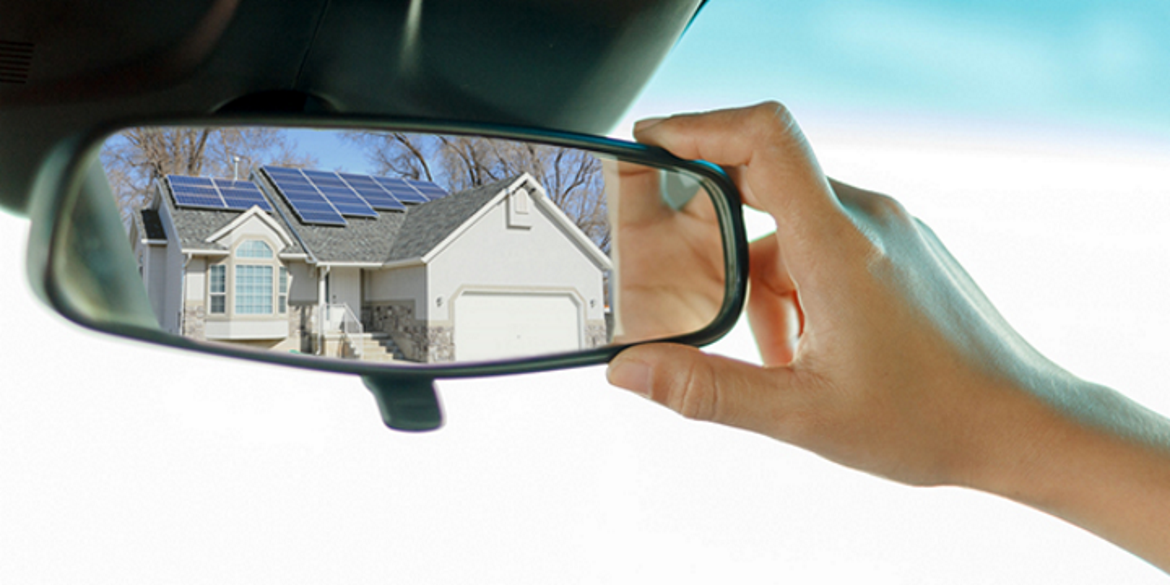This is the eleventh article of an 11-part series on Solar+ homes. The series describes how homeowners can combine simple energy efficiency measures, solar PV, electric vehicles and appliance electrification to create households that are fully powered by solar electricity—even in existing homes. A Solar+ home provides substantial economic and environmental savings to the homeowner, and creates load profiles that are low-cost for utilities to serve.
Creating a Solar+ home
This series has described how to transform an existing home into a Solar+ home by combining off-the-shelf technologies to make a house fully solar powered. The specific technologies are:
- Solar power, with PV located either on the customer’s home or as community solar.
- Transportation electrification that shifts from gas-powered vehicles to electric vehicles.
- Simple energy efficiency measures, including phantom (or plug) load reduction and LED lighting conversion.
- Appliance electrification, including conversion of water and space heating from natural gas to electric heat pump technologies.
- Basic building shell improvements, including caulking, targeted insulation and ventilation.
The rearview mirror
We’ve used a prototype house throughout this series to illustrate the feasibility of the Solar+ home concept. Nearly all investments were completed by mid-2014. This article summarizes performance from June 1, 2014 to May 31, 2015.
Figure 1 presents annual electricity consumption and PV production. Annual consumption and PV production were equal. Consumption was divided into thirds, with one-third for the electric vehicle, one-third for space and water heating, and one-third for other electricity consumption. Note that this does not include 30 therms of natural gas for laundry drying, and about 200 gallons for gasoline consumption in the second vehicle. This is equivalent to 900 kWh and 6,700 kWh, respectively.

Figure 2 presents details of other electricity consumption and electric water heating from Figure 1. It also includes natural gas consumption for the clothes dryer, as this is the only remaining natural gas consumption after switching both space and water heating to electric. What is particularly interesting about the figure is that six groups of end-uses have approximately similar amounts of annual energy consumption:
- Baseload
- Lights & miscellaneous
- Refrigeration
- Cooking and dishwashing
- Laundry
- Water heating
It’s expected that switching the electric resistance space heater to a heat pump would also have about the same annual consumption. The savings would be enough to purchase a second EV and make this a 100 percent Solar+ home.
 Of particular interest is what not to focus on for this house. For example, high efficiency inductive alternatives exist for stovetop cooking, but the electric resistance cooktop only uses a few hundred kWh per year. It’s probably not worth the additional investment for this house.
Of particular interest is what not to focus on for this house. For example, high efficiency inductive alternatives exist for stovetop cooking, but the electric resistance cooktop only uses a few hundred kWh per year. It’s probably not worth the additional investment for this house.
Things to watch for
Most aspects of a Solar+ home should not require much attention once the investments have been completed. There are two caveats to this:
- Homeowners should ensure that their PV system is operating correctly.
- homeowners should be on guard to catch phantom loads that try to sneak back into the house (e.g., a new cable box with a DVR, chargers, etc.).
Verify PV is working correctly
PV is an ideal technology because it’s a silent energy producer. One drawback, however, is that most consumers only know that their PV system is working by viewing some sort of monitoring equipment. Even then, they do not know if it’s operating at full capacity. This makes it important to regularly verify PV system operation once Solar+ home investments have been made. While PV systems are highly reliable, it’s important to keep track of performance.
One way to accomplish this is using SolarAnywhere® SystemCheck®. SystemCheck combines PV system specifications with solar resource data derived from satellite datasets to simulate PV power production. This can then be compared to actual performance to verify correct PV performance (see Figure 3). Many PV manufacturers and third-party ownership companies (e.g., companies that lease PV systems to residential and commercial customers) have built this capability directly into their monitoring systems.

Prevent growing phantom loads
Phantom loads have the tendency to increase over time. People plug devices in the wall and then forget that they are plugged in, or they might upgrade an electronic component or computer in their house that increases standby power consumption. There will be a growing waste of energy if these loads remain undetected. These loads can be monitored using a method developed by Clean Power Research.
Key takeaways
Clean Power Research’s prototype Solar+ home has performed as expected for two years. To ensure optimal performance over the long-term, consumers should monitor two things after their Solar+ home investments have been completed. First, verify that the PV system continues to perform as expected. Second, keep an eye on phantom loads because they have the tendency to increase over time.
Thank you
Thank you for taking the time to read this series on Solar+ homes. We hope that it has created a vision of a clean energy future even in the challenging residential retrofit market. We encourage you to use your skills, resources and opportunities to join Clean Power Research in supporting the world-wide energy transformation that is occurring.
Don’t miss future articles and information about Solar+ homes! Subscribe now to receive the latest Solar+ homes news.
To go to the previous article, click here.
To jump to the first article in the series, click here.
